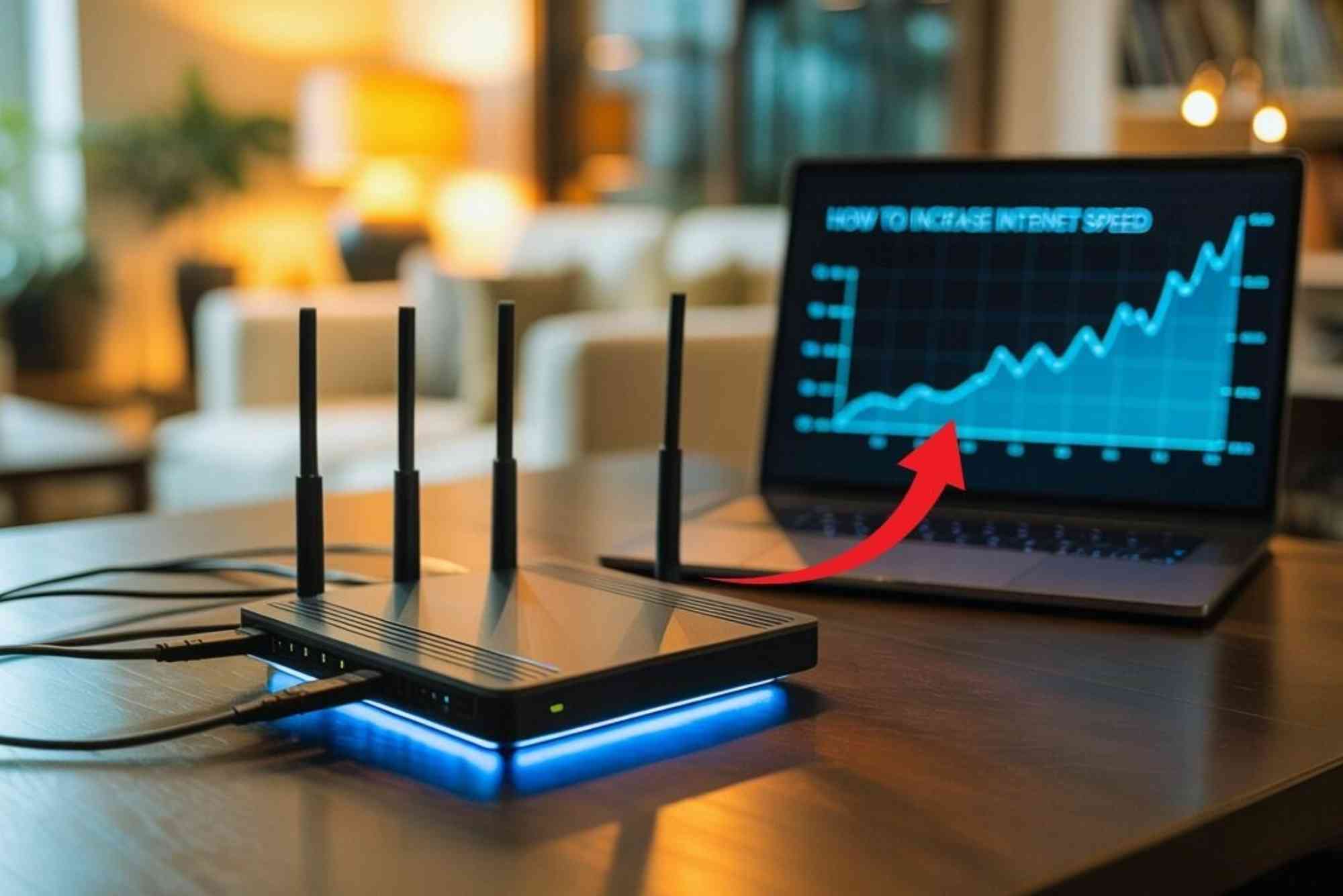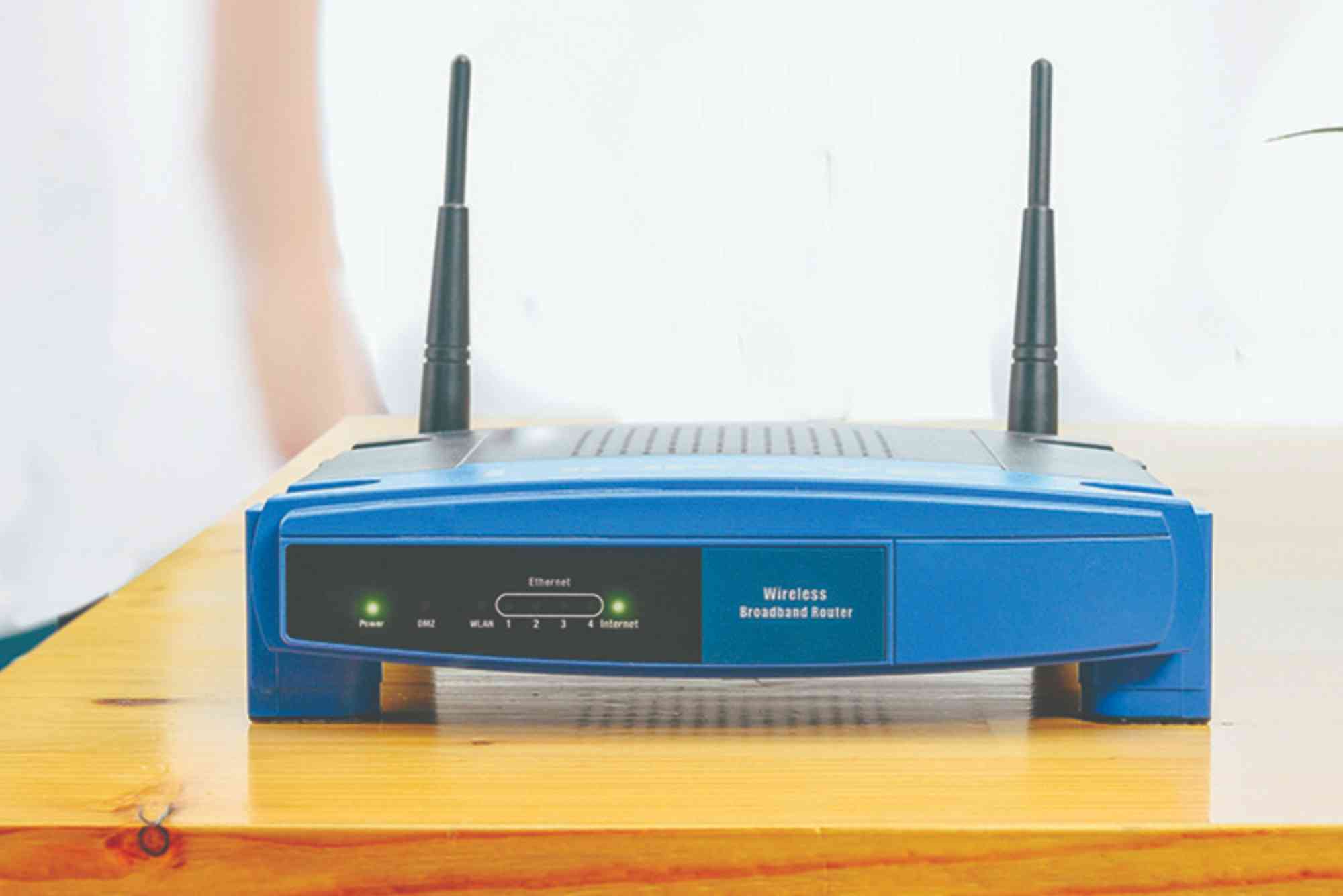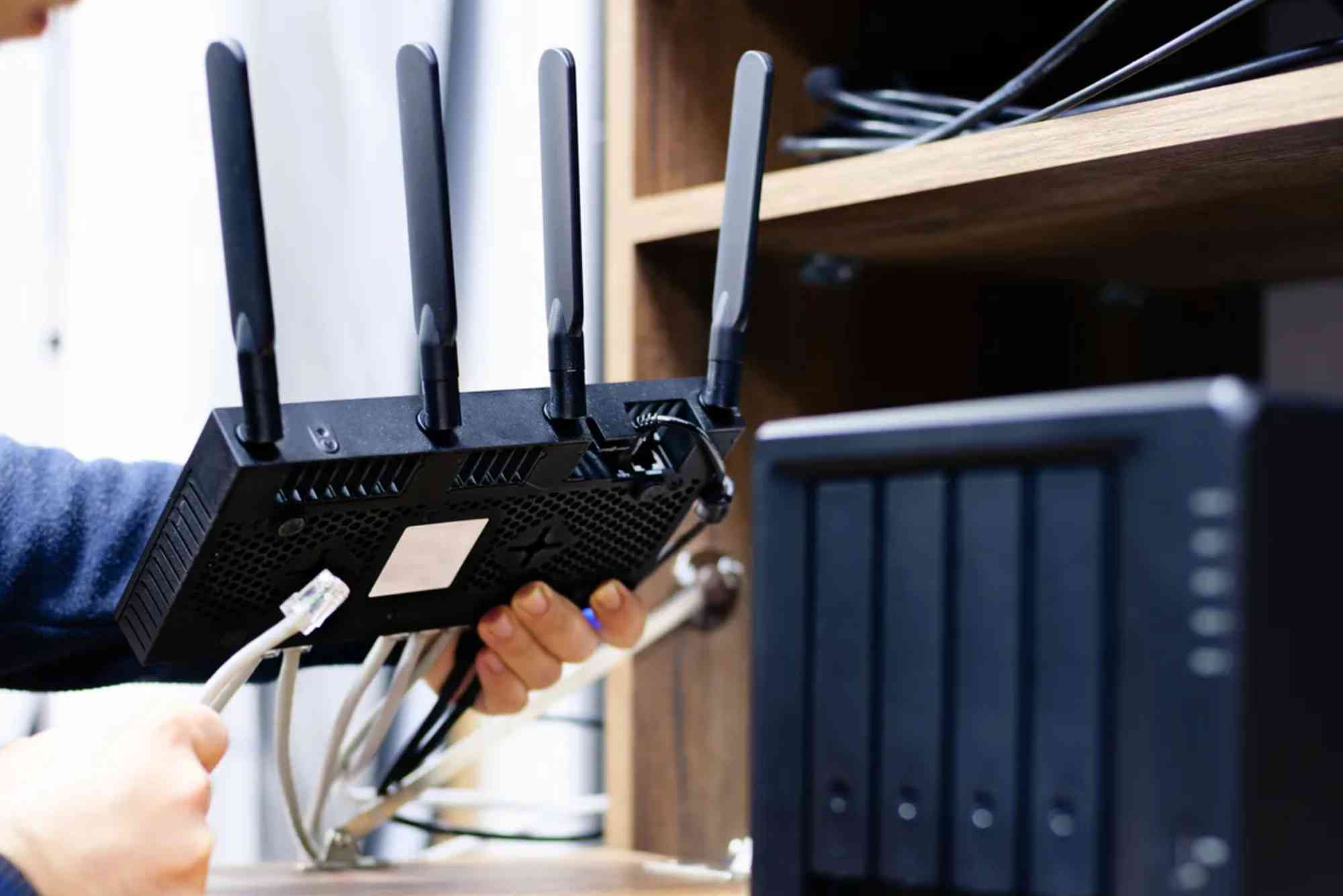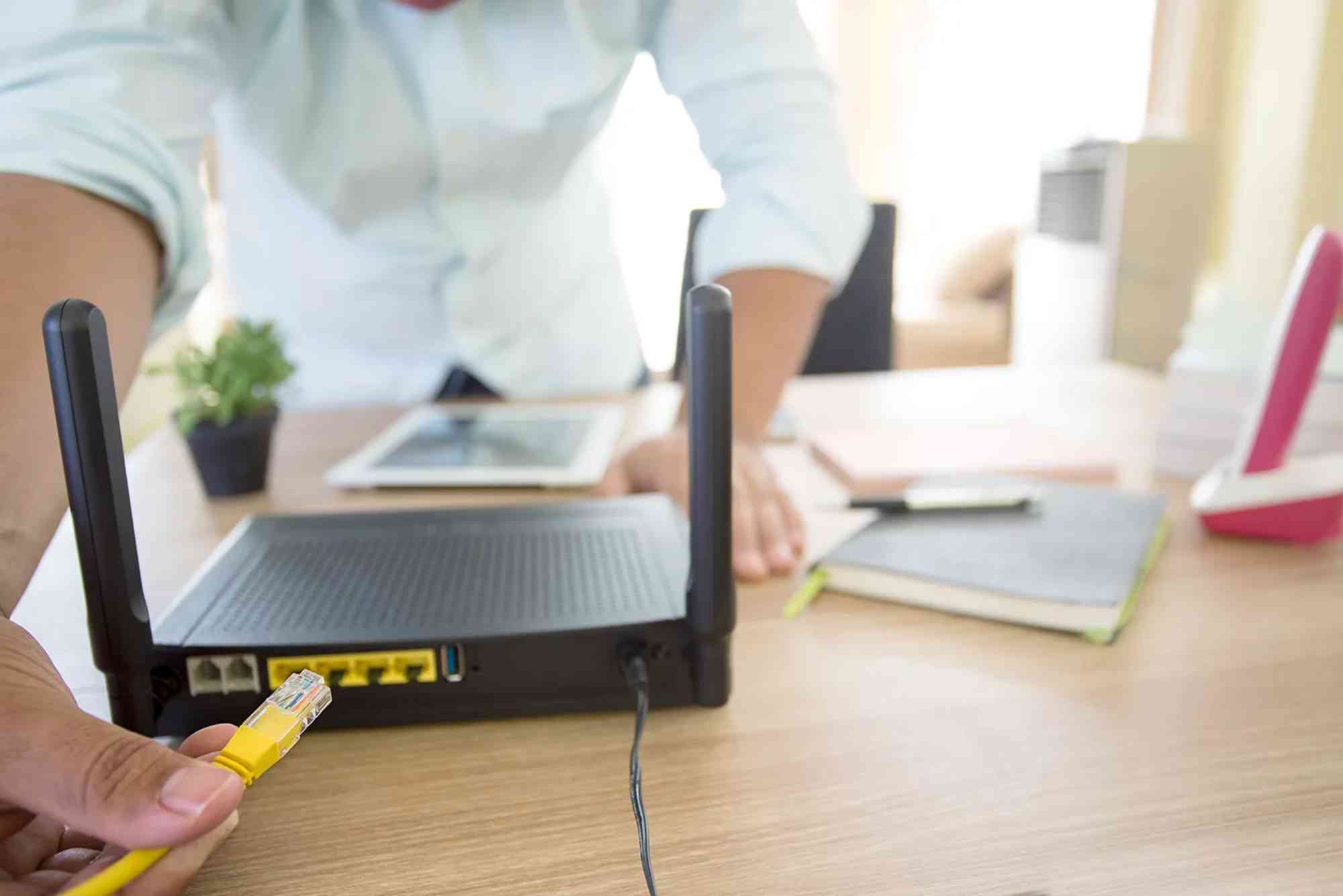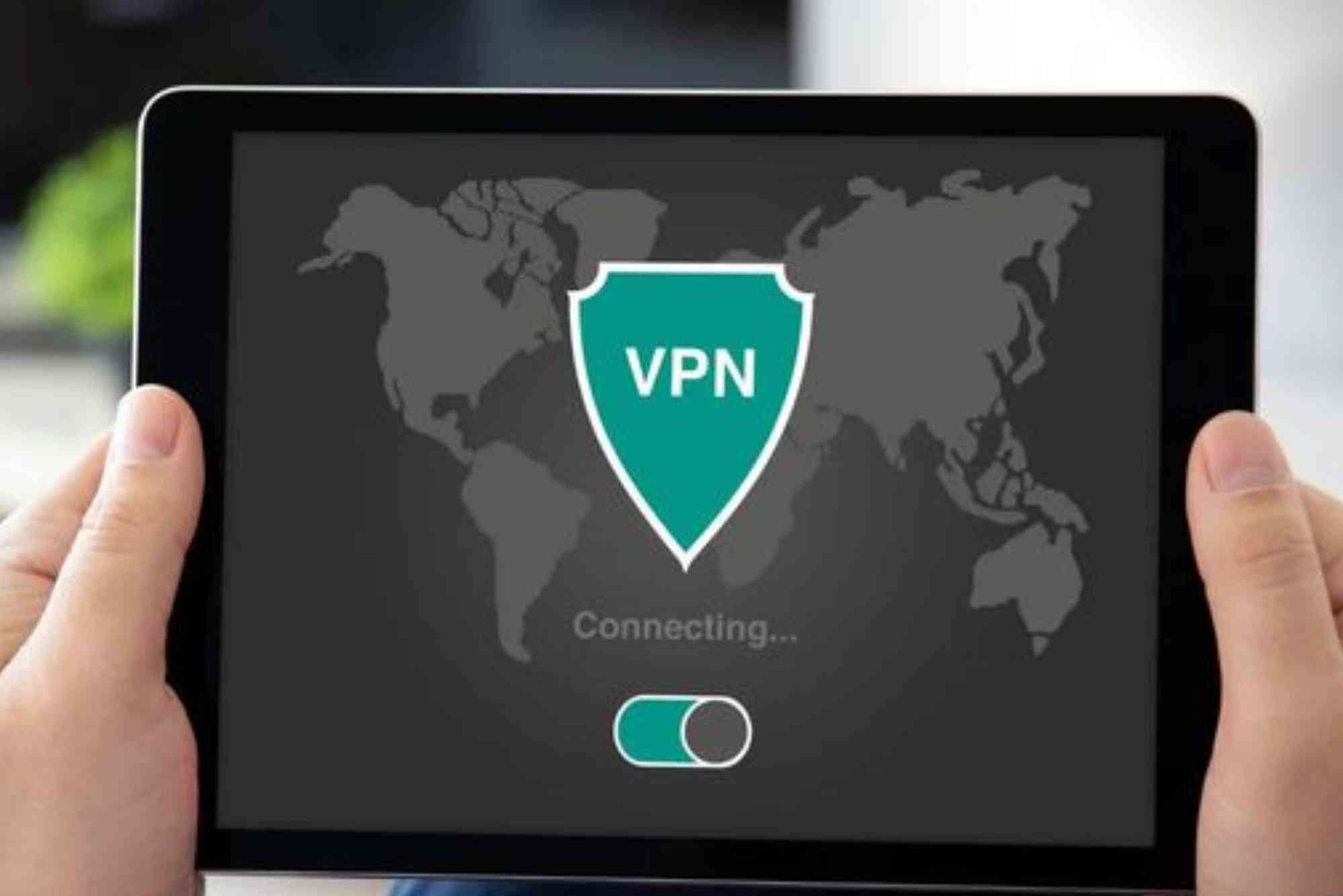Proxy Server Setup Guide: How to Configure Your Network
A reliable proxy server is an essential part of modern networking. Whether you want to enhance security, increase browsing speed, or manage user access, learning the basics of proxy server configuration is an invaluable skill. This proxy server setup guide will walk you through everything you need to know, from understanding the role of a proxy to setting one up for your network. By the end, you will have a clear understanding of how to configure your own proxy and optimize it for daily use.
What is a Proxy Server and Why Use One?
A proxy server acts as a middle layer between your device and the internet. When you connect to a website through a proxy, the request goes to the proxy first. The proxy forwards the request to the website and then delivers the response back to you. This process hides your IP address, adds security, and can also help control or monitor network usage.
The main reasons to use a proxy include improved privacy, better access control, faster connection speeds with caching, and the ability to bypass geo-restrictions. Organizations often use proxies to manage employee internet usage, while individuals may rely on them for anonymity and security.
Choosing the Right Proxy Server
Selecting the correct proxy type is the first step in any proxy server setup guide. Different proxies serve different needs.
Forward Proxies
A forward proxy is the most common type. It sits between users and the internet, forwarding requests. Businesses often use them for filtering and monitoring.
Reverse Proxies
A reverse proxy works in the opposite way. It sits in front of web servers and handles requests on their behalf. This provides load balancing, caching, and protection against attacks.
Transparent Proxies
These are often deployed by organizations that want to monitor online activity without requiring configuration on individual devices.
SOCKS and HTTPS Proxies
SOCKS proxies handle any kind of traffic, including applications beyond web browsers. HTTPS proxies, meanwhile, focus on secure, encrypted browsing.
Preparing for Proxy Server Installation
Before setting up a proxy, consider your operating system and network requirements. Windows, macOS, and Linux all offer different setup paths. Ensure that your network hardware is capable of handling additional routing and that you have admin access to configure the server.
It is also essential to decide whether you will install dedicated proxy software or rely on built-in operating system features. Popular tools like Squid Proxy, Nginx, and Apache Traffic Server provide advanced customization, while system-level proxies are easier for beginners.
Proxy Server Setup on Windows
Windows systems include built-in proxy configuration options. To set up a proxy server on Windows:
Configuring via Settings
Open Windows Settings and navigate to Network & Internet. Under the Proxy section, enable manual proxy setup. Enter the proxy server address and port. Save the settings and test connectivity by visiting a website.
Using Third-Party Proxy Software
For advanced control, software like CCProxy or Squid for Windows can be installed. These tools allow access restrictions, logging, and authentication.
Proxy Server Setup on macOS
Apple devices also allow easy configuration of proxy servers. On macOS, go to System Preferences, open Network, and choose your active connection. In the Advanced settings, go to the Proxies tab and check the boxes for the protocols you want to configure. Enter the proxy server details and apply the settings. Testing connectivity ensures everything is working correctly.
Proxy Server Setup on Linux
Linux offers the most flexibility when it comes to proxy server setup. System-wide proxy configuration can be done by editing environment variables. For a persistent setup, you can modify shell configuration files like .bashrc or .profile.
For enterprise or advanced setups, Linux supports powerful proxy software. Squid Proxy is the most widely used and offers features like caching, ACLs (Access Control Lists), and bandwidth management. Installing Squid involves downloading the package, editing the squid.conf configuration file, and starting the service. This allows fine-tuned customization for performance and security.
Router-Level Proxy Setup
Setting up a proxy directly on your router provides network-wide protection without configuring each device individually. Many modern routers allow manual proxy configuration. Access your router’s admin panel through a browser, look for proxy or WAN settings, and input the server details.
If your router does not support proxy settings directly, you may need to install custom firmware such as DD-WRT or OpenWrt. These allow integration with proxy servers and advanced routing options. A router-level setup is ideal for households or offices with multiple devices.
Testing and Troubleshooting Your Proxy
After completing the proxy server setup, always test connectivity. Visit a website that displays your IP address to confirm that your traffic is being routed through the proxy. If the IP remains unchanged, recheck the configuration.
Common issues include incorrect port numbers, authentication failures, and firewall restrictions. Ensure your firewall is not blocking proxy traffic. For software-based proxies like Squid, check the logs for detailed error messages.
Securing Your Proxy Server
A poorly configured proxy server can expose you to risks. Follow best practices to secure your setup. Always enable authentication to prevent unauthorized access. Use encryption methods like HTTPS or SSL to protect traffic. Keep your proxy software updated and regularly monitor logs for unusual activity.
When setting up a proxy server for a business environment, apply role-based access controls and limit permissions to specific users or groups. This prevents misuse and ensures compliance with security policies.
Optimizing Proxy Performance
Performance is just as important as security. Cache frequently accessed content to reduce bandwidth usage and speed up loading times. Configure load balancing if you are running multiple servers. Regularly monitor system resources to ensure the proxy server does not become a bottleneck.
Businesses should also consider integrating proxies with content delivery networks (CDNs) for maximum efficiency.
Real-World Benefits of Proxy Servers
A properly configured proxy server can transform how a network functions. Organizations enjoy greater control over employee activity, reduced risk of data breaches, and optimized bandwidth usage. Individuals gain privacy, secure browsing, and the ability to access restricted content.
For example, internet service providers like Dhanote Internet Services emphasize the importance of proxies and related networking solutions for improving online security and speed. Implementing a proxy as part of your digital infrastructure ensures a safer and more reliable browsing experience.
Take Control of Your Network
Setting up a proxy server may seem complex at first, but with this proxy server setup guide, the process becomes clear and manageable. From understanding the different types of proxies to configuring them on Windows, macOS, Linux, and even routers, you now have the knowledge to secure and optimize your network. A properly configured proxy ensures privacy, enhances security, and gives you control over your internet usage.
If you are looking for reliable networking solutions or expert help, consider reaching out to trusted providers like Dhanote Internet Services. Start your proxy server setup today and enjoy a safer, faster, and more controlled internet experience.
Frequently Asked Questions
What is the main purpose of a proxy server?
A proxy server hides your IP address and routes traffic, adding privacy, security, and control over network access.
How do I know if my proxy server is working?
Visit a site that displays your IP address. If it shows the proxy server’s IP instead of your own, it is working correctly.
Is a proxy server the same as a VPN?
No. A VPN encrypts all internet traffic and routes it through secure servers. A proxy only forwards requests, though some support encryption.
Can I set up a proxy on my phone?
Yes. Both iOS and Android allow proxy configuration in Wi-Fi settings. Enter the proxy address and port to enable it.
Do proxy servers slow down the internet?
They can, but with proper caching and optimization, a proxy can also speed up browsing by reducing redundant requests.

